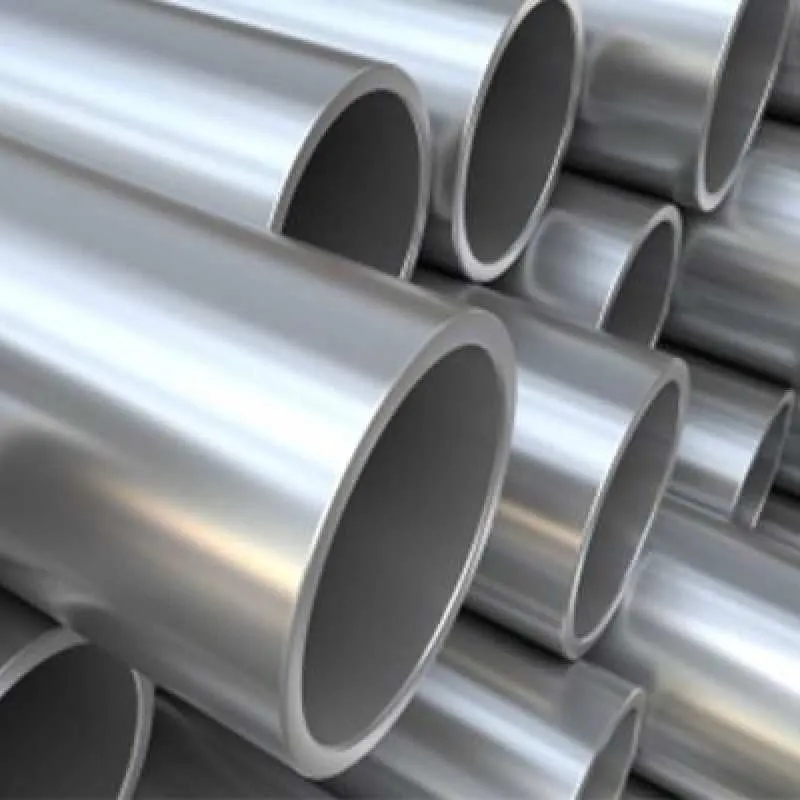-
Cangzhou Yulong Steel Co., Ltd.
-
Phone:
+86 13303177267 -
Email:
admin@ylsteelfittings.com
- English
- Arabic
- Italian
- Spanish
- Portuguese
- German
- kazakh
- Persian
- Greek
- French
- Russian
- Polish
- Thai
- Indonesian
- Vietnamese
- Zulu
- Korean
- Uzbek
- Hindi
- Serbian
- Malay
- Ukrainian
- Gujarati
- Haitian Creole
- hausa
- hawaiian
- Hebrew
- Miao
- Hungarian
- Icelandic
- igbo
- irish
- Japanese
- Javanese
- Kannada
- Khmer
- Rwandese
- Afrikaans
- Albanian
- Amharic
- Armenian
- Azerbaijani
- Basque
- Belarusian
- Bengali
- Bosnian
- Bulgarian
- Catalan
- Cebuano
- China
- China (Taiwan)
- Corsican
- Croatian
- Czech
- Danish
- Esperanto
- Estonian
- Finnish
- Frisian
- Galician
- Georgian
- Kurdish
- Kyrgyz
- Lao
- Latin
- Latvian
- Lithuanian
- Luxembourgish
- Macedonian
- Malgashi
- Malayalam
- Maltese
- Maori
- Marathi
- Mongolian
- Myanmar
- Nepali
- Norwegian
- Norwegian
- Occitan
- Pashto
- Dutch
- Punjabi
- Romanian
- Samoan
- Scottish Gaelic
- Sesotho
- Shona
- Sindhi
- Sinhala
- Slovak
- Slovenian
- Somali
- Sundanese
- Swahili
- Swedish
- Tagalog
- Tajik
- Tamil
- Tatar
- Telugu
- Turkish
- Turkmen
- Urdu
- Uighur
- Welsh
- Bantu
- Yiddish
- Yoruba

Oct . 05, 2024 00:56 Back to list
Bending Techniques for Thin-Walled Stainless Steel Tubing Applications and Considerations
Bending Thin Wall Stainless Steel Tubing Techniques and Considerations
Bending thin wall stainless steel tubing is a common practice in various industries, including automotive, aerospace, construction, and manufacturing. This process involves specific techniques and considerations to achieve precise bends without compromising the integrity of the material. Understanding the properties of stainless steel and the methods of bending can lead to successful outcomes in projects requiring custom tubing shapes.
Understanding Thin Wall Stainless Steel Tubing
Thin wall stainless steel tubing is characterized by its reduced wall thickness, usually less than 0.065 inches. This type of tubing offers several advantages, such as lightweight construction, corrosion resistance, and aesthetic appeal, making it a popular choice for both functional and decorative applications. The primary grades used are 304 and 316 stainless steel, known for their excellent mechanical properties and resistance to oxidation and corrosion.
Techniques for Bending
Bending techniques play a crucial role in maintaining the shape and structural integrity of thin wall stainless steel tubing. There are several methods available, including
1. Mandrel Bending This method involves inserting a mandrel inside the tubing during the bending process. The mandrel supports the interior of the tube, preventing collapse and ensuring smooth bends. This technique is ideal for achieving tight radii and maintaining uniformity throughout the bend.
2. Rotary Draw Bending In this technique, the tube is drawn around a stationary die while a wiper die controls its position. Rotary draw bending produces precise angles and maintains the tube's cross-section. It is suitable for creating complex geometric shapes.
bending thin wall stainless tubing

3. Compression Bending Compression bending involves pushing the tube against a bending die, allowing it to conform to the desired shape. While this method is quicker and suitable for larger radii, it may cause distortion or wrinkling in thin-walled tubes if not executed carefully.
Considerations for Successful Bending
When bending thin wall stainless steel tubing, several factors must be considered to avoid defects and ensure high-quality results.
1. Material Properties The mechanical properties of the stainless steel, including yield strength and elongation, influence the bending process. It's essential to select the right grade of stainless steel based on the application’s requirements.
2. Bend Radius Choosing an appropriate bend radius is critical. A radius that is too tight can lead to kinking or collapsing, while a larger radius may produce a cleaner bend without compromising the tubing's strength.
3. Temperature Control Stainless steel can become more malleable when heated. While bending at elevated temperatures is sometimes beneficial, it is necessary to monitor the temperature to prevent warping or altering the alloy's properties.
4. Post-Bend Processes After bending, it may be necessary to perform additional processes such as welding, polishing, or surface treatment to achieve the final specifications required for the application.
In conclusion, bending thin wall stainless steel tubing requires a thoughtful approach involving appropriate techniques, thorough understanding of the material's properties, and careful consideration of design parameters. With the right methods and attention to detail, high-quality tubing can be produced for a wide range of applications.
Latest news
-
ANSI 150P SS304 SO FLANGE
NewsFeb.14,2025
-
ASTM A333GR6 STEEL PIPE
NewsJan.20,2025
-
ANSI B16.5 WELDING NECK FLANGE
NewsJan.15,2026
-
ANSI B16.5 SLIP-ON FLANGE
NewsApr.19,2024
-
SABS 1123 FLANGE
NewsJan.15,2025
-
DIN86044 PLATE FLANGE
NewsApr.19,2024
-
DIN2527 BLIND FLANGE
NewsApr.12,2024
-
JIS B2311 Butt-Welding Fittings LR/SR 45°/90° /180°Seamless/Weld
NewsApr.23,2024











